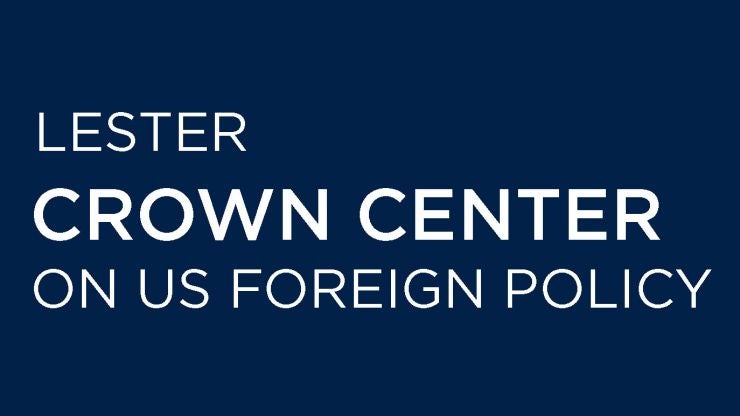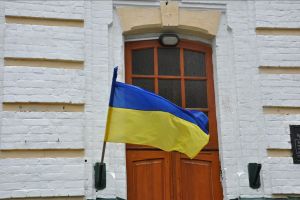This report offers recommendations to strengthen Ukraine’s defenses to deter further Russian aggression and why the US and NATO need to engage more actively and urgently to the crisis.
Key Findings
We face a critical juncture in Ukraine. There is no real ceasefire; indeed, there was a significant increase in fighting along the line of contact in eastern Ukraine in mid-January, with Russian/separatist forces launching attacks on the Donetsk airport and other areas. Instead of a political settlement, Moscow currently seeks to create a frozen conflict in eastern Ukraine as a means to pressure and destabilize the Ukrainian government. Russians continue to be present in the Donetsk and Luhansk oblasts in substantial numbers and have introduced significant amounts of heavy weapons. This could be preparation for another major Russian/separatist offensive.
Russian success would fatally undermine Ukraine’s stability and embolden the Kremlin to further challenge the security order in Europe. It might tempt President Putin to use his doctrine of protecting ethnic Russians and Russian speakers in seeking territorial changes elsewhere in the neighborhood, including in the Baltic States, provoking a direct challenge to NATO. Maintaining Western sanctions are critical but not by themselves sufficient. The West needs to bolster deterrence in Ukraine by raising the risks and costs to Russia of any renewed major offensive.
That requires providing direct military assistance—in far larger amounts than provided to date and including lethal defensive arms—so that Ukraine is better able to defend itself. The U.S. government should provide Ukraine $1 billion in military assistance as soon as possible in 2015, followed by additional tranches of $1 billion in FY 2016 and FY 2017.
Additional non-lethal assistance should include: counterbattery radars, unmanned aerial vehicles (UAVs), electronic counter-measures for use against opposing UAVs, secure communications capabilities, armored Humvees and medical support equipment.
Lethal defensive military assistance should include light anti-armor missiles, given the large numbers of armored vehicles that the Russians have deployed in Donetsk and Luhansk and the abysmal condition of the Ukrainian military’s light anti-armor weapons.
Other NATO members should provide military assistance as well. Of particular use to the Ukrainian military would be equipment and weapons from NATO members who operate former Soviet equipment compatible with the arms currently in the Ukrainian inventory.
Assisting Ukraine to deter attack and defend itself is not inconsistent with the search for a peaceful, political solution—it is essential to achieving it. Only if the Kremlin knows that the risks and costs of further military action are high will it seek to find an acceptable political solution. Russia’s actions in and against Ukraine pose the gravest threat to European security in more than 30 years. The West has the capacity to stop Russia. The question is whether it has the will.

















